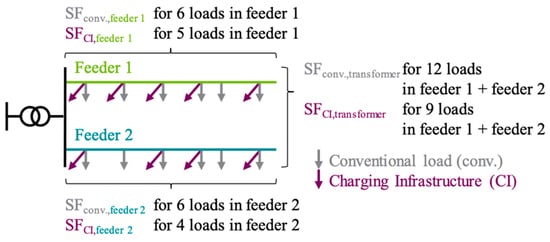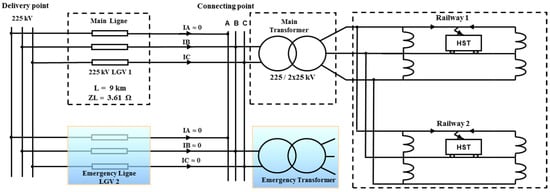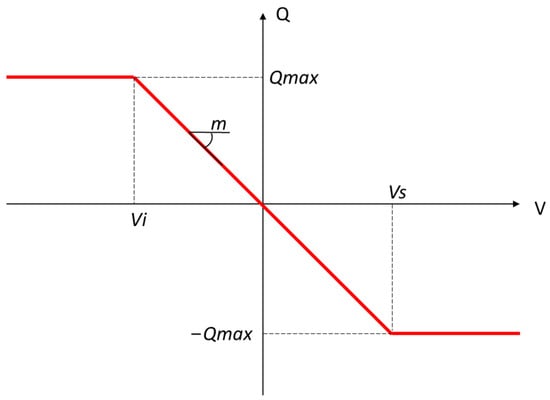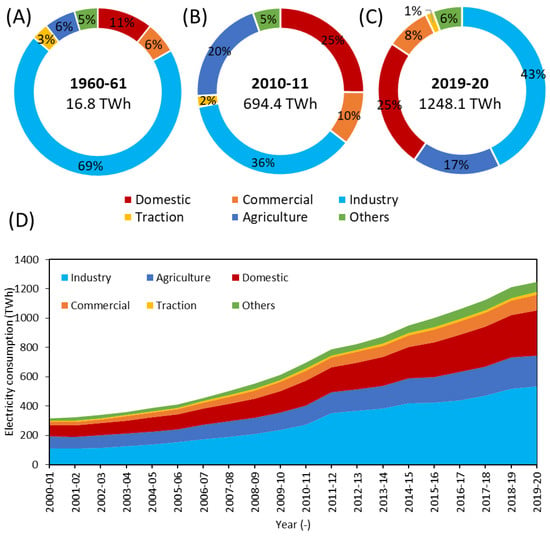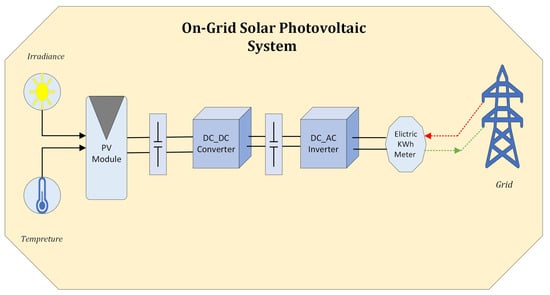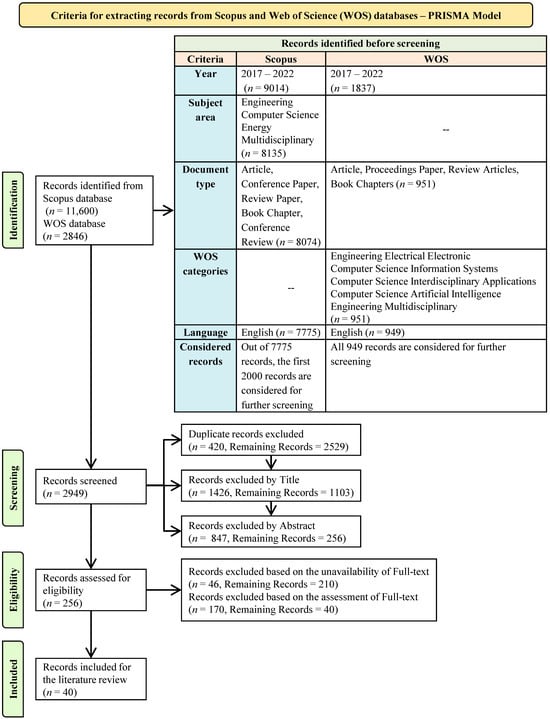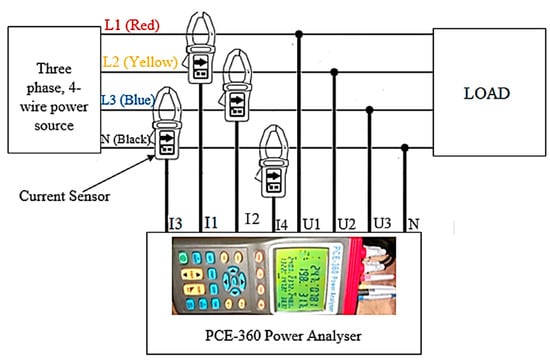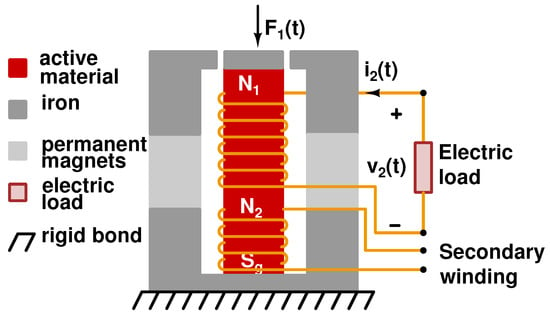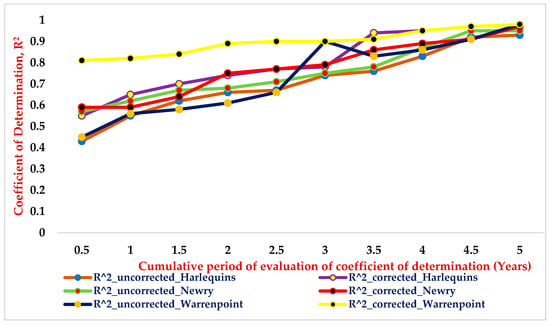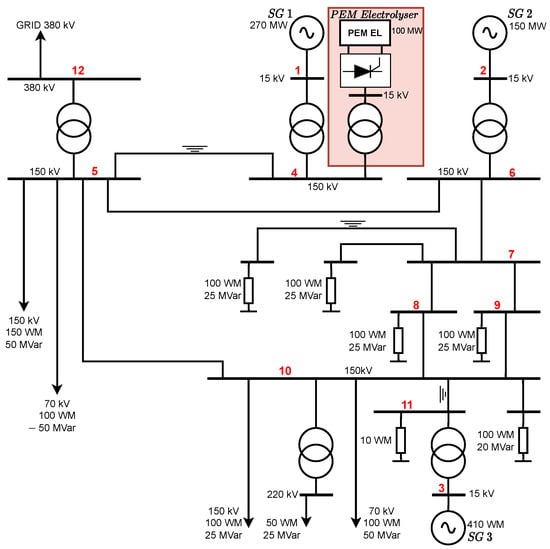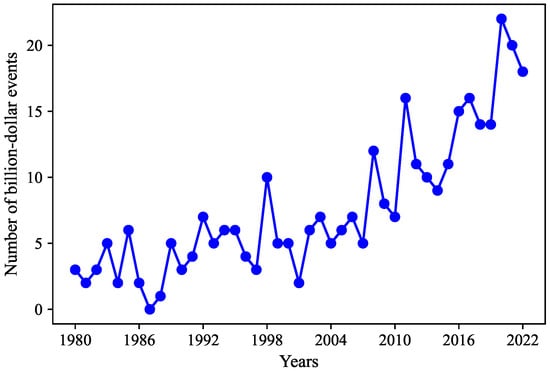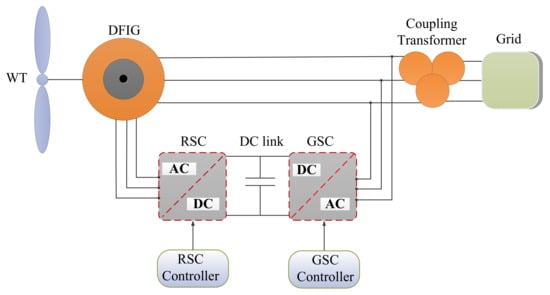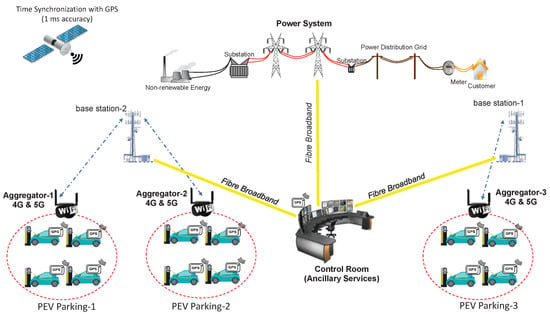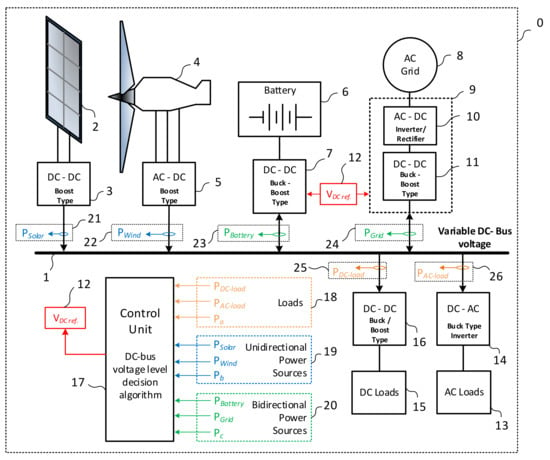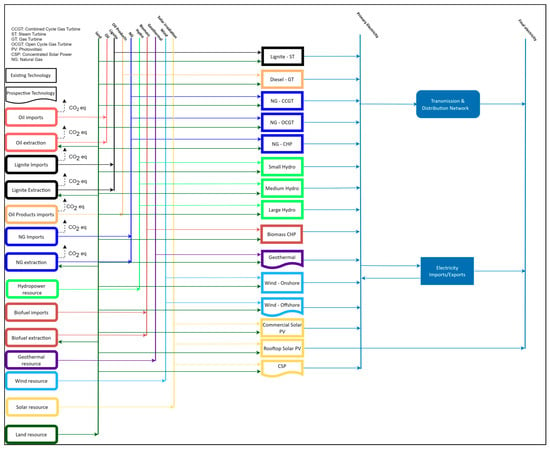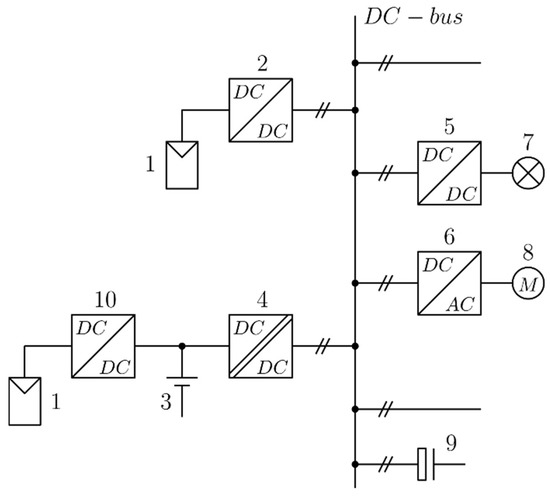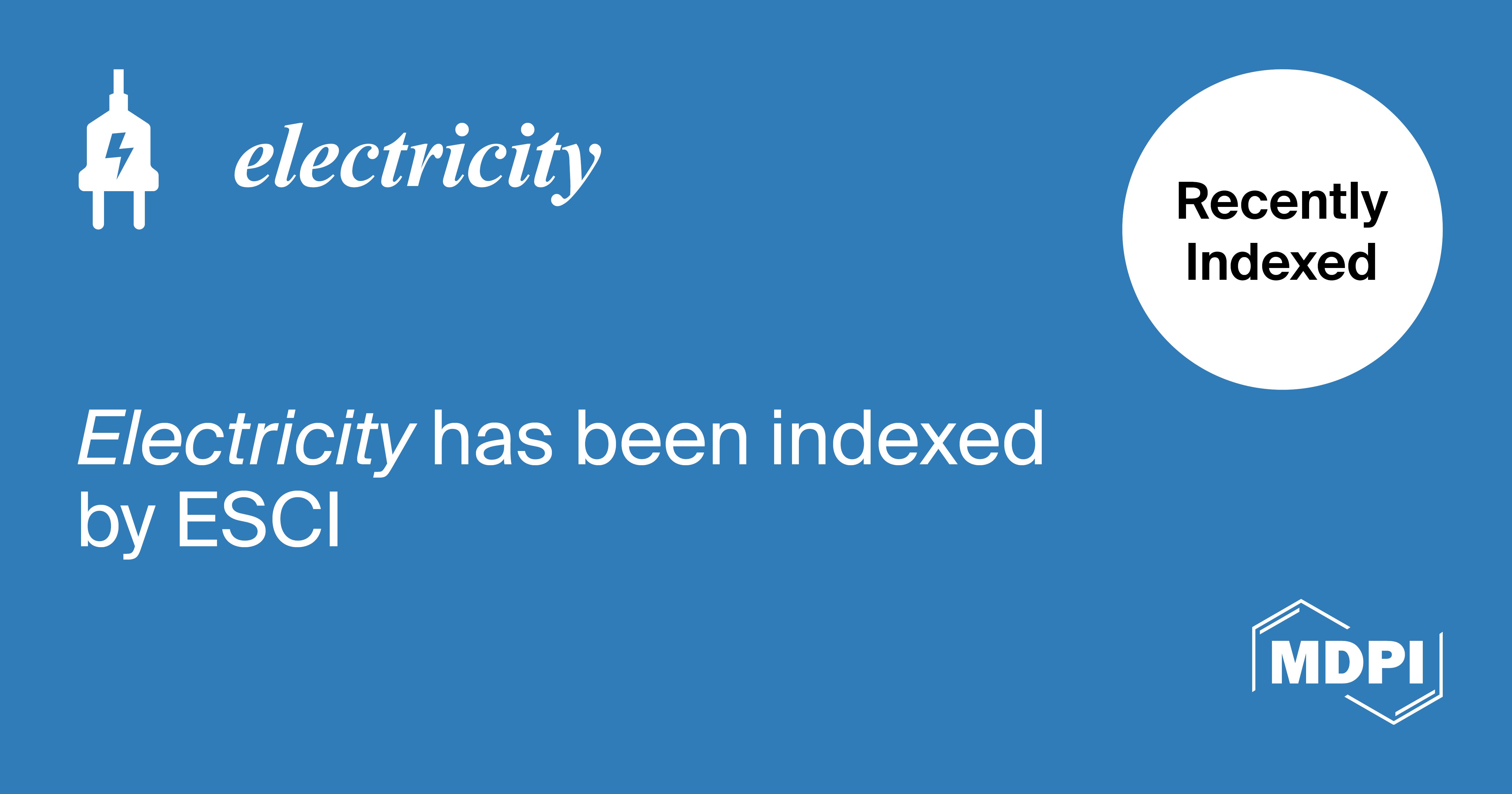-
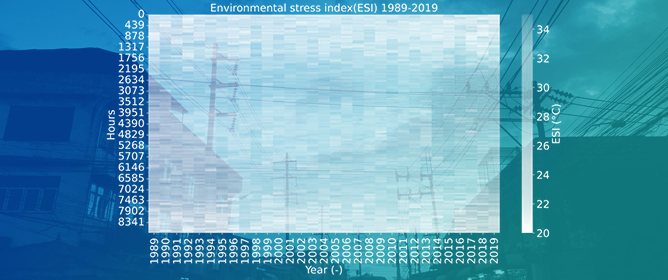 A Mixed-Methods Approach for Evaluating the Influence of Residential Practices for Thermal Comfort on Electricity Consumption in Auroville, India
A Mixed-Methods Approach for Evaluating the Influence of Residential Practices for Thermal Comfort on Electricity Consumption in Auroville, India -
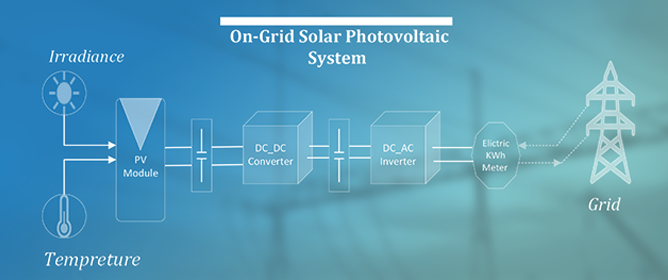 Cascaded Multi-Input Single-Output Boost Inverter for Mismatch Mitigation at PV Submodule Level
Cascaded Multi-Input Single-Output Boost Inverter for Mismatch Mitigation at PV Submodule Level -
 Disaggregating Longer-Term Trends from Seasonal Variations in Measured PV System Performance
Disaggregating Longer-Term Trends from Seasonal Variations in Measured PV System Performance
Journal Description
Electricity
- Open Access—free for readers, with article processing charges (APC) paid by authors or their institutions.
- High Visibility: indexed within ESCI (Web of Science), Scopus, EBSCO and other databases.
- Rapid Publication: manuscripts are peer-reviewed and a first decision is provided to authors approximately 20.3 days after submission; acceptance to publication is undertaken in 11.6 days (median values for papers published in this journal in the second half of 2023).
- Recognition of Reviewers: APC discount vouchers, optional signed peer review, and reviewer names published annually.
- Extra Benefits: no space constraints, no color charges.
Latest Articles
E-Mail Alert
News
Topics
Deadline: 31 May 2024
Deadline: 20 June 2024
Deadline: 30 September 2024
Deadline: 31 October 2024
Conferences
Special Issues
Deadline: 15 May 2024
Deadline: 15 June 2024
Deadline: 20 July 2024
Deadline: 31 August 2024



